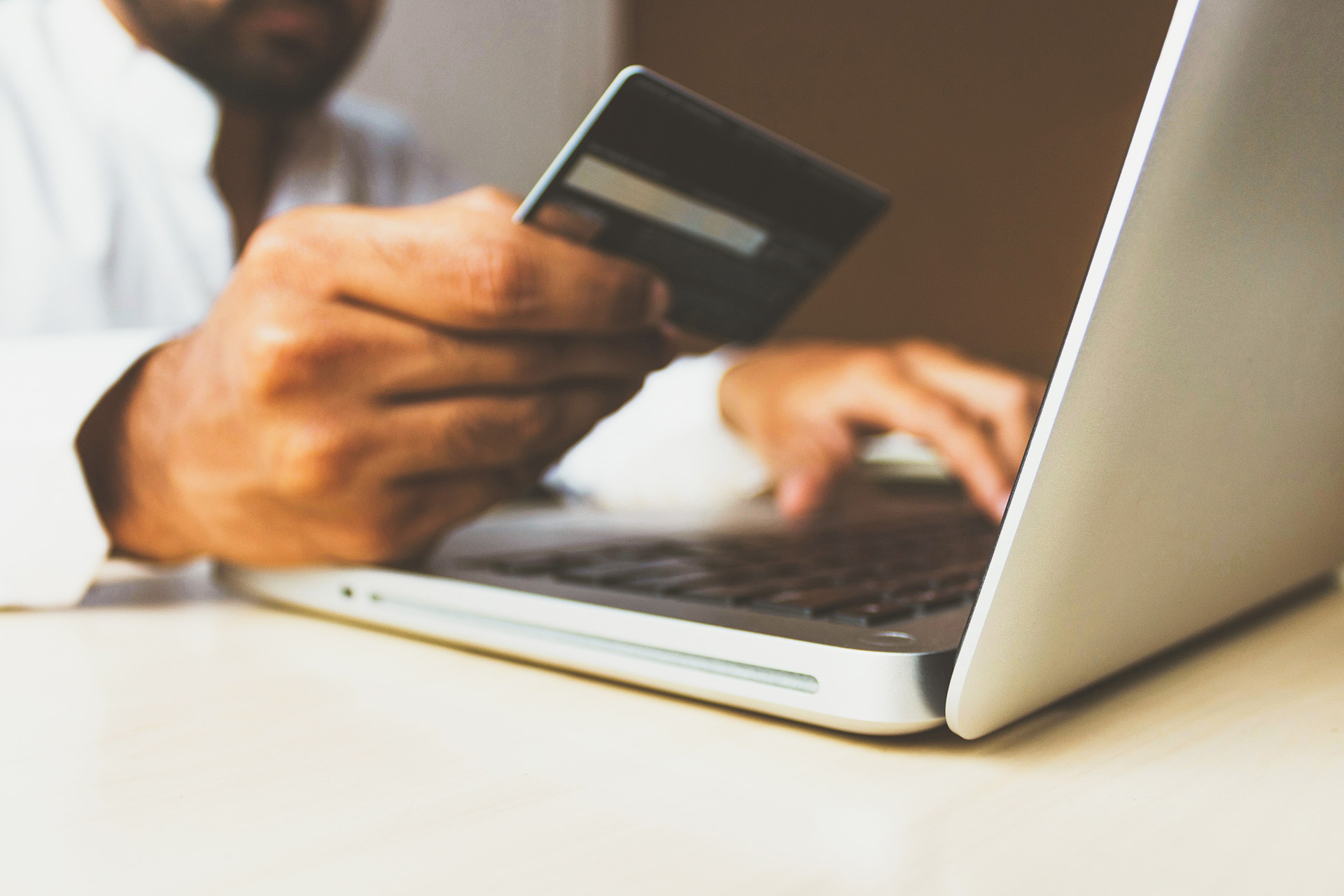What is “online identity”?


Last update: 14/02/2023
Our likes, preferences, personality, behaviour and physical features are being mirrored on the Internet as our online identity.
Our online identity is all the information we leave on the Internet. It’s our digital footprint, with such details as our email address, date of birth, bank details, and even our purchasing habits on online stores.
Online identity goes beyond what we do online. It also verifies that we are who we say we are. From traditional passwords to facial recognition and fingerprints, we have many ways to identify ourselves online.

What to do in the case of digital identity theft
The number of fake social media profiles has rocketed in recent years. It's not just companies and celebrities who fall victim to fake profiles. Cybercriminals can steal anyone's identity simply by using the personal information they have shared online. That's why, as well as taking the precautions we share in this article, it's important that, if you notice that your identity has been stolen, you gather as much evidence as possible of the fake profile and report it to the social network so that they can delete it. It's also essential that you report it to the authorities if somebody commits a crime while impersonating you.
Online identity in our day-to-day
Laura is a young student who loves sports and socializing. While getting ready in the morning, she listens to a personalized playlist of her favourite songs on a music streaming app. She grabs food prepared the night before with a recipe she stumbled across online and rushes out to catch the bus that her public transport app says will arrive in eight minutes.
After work, she goes to the gym. To enter, she scans a QR code on her mobile and then follows the exercise plan that her personal trainer sends her every day via email.
One day, she cuts short her workout to meet her friends, Javier and María. They go to a new, nearby restaurant that they found out about on social media.
After a nice meal, María pays the bill with the virtual bank card she keeps in her e-wallet. Javier and Laura will send her their share immediately on their mobiles through Bizum, CoDi, Paym or other means of quick money transfer (available depending on location and bank). They use biometrics to confirm the payment.
Biometrics are gaining importance as threats of cyber attacks become more common. Cyber criminals try to clone users’ identities for illicit gain. That’s why public and private organizations are working tirelessly to protect their systems, customers and employees.
Every day, we’re exposed to threats that can compromise our online identity. To protect ourselves, we should be mindful of what we share on social media and always keep our devices’ operating systems up to date. These online safety tips can help protect our online identity:
Only browse websites that begin with “https”. If you need to sign up to anything, use passwords that are hard to crack.
Avoid sharing personal or confidential information, especially on social media. You can also check your accounts and profiles’ privacy and security settings.
Be wary of surprise emails and messages that ask you to click a link, download a file, give confidential information or carry out other actions.
Passphrases of three or more words are much more unbreakable. Never share them.
Organizations’ cyber security teams can cut off or stifle an attack if we let them know of a possible threat early.







